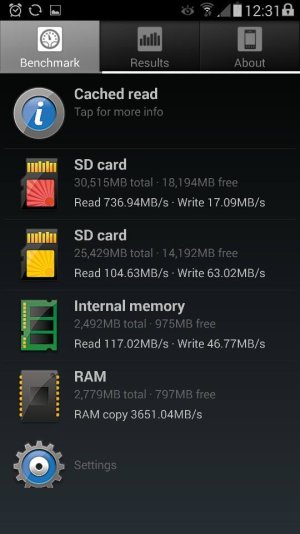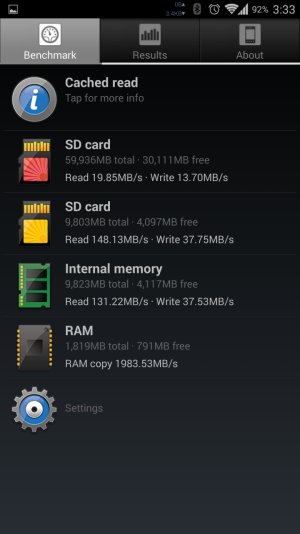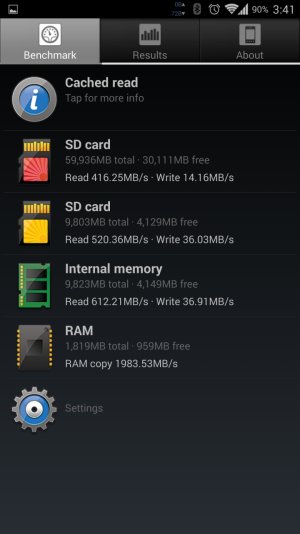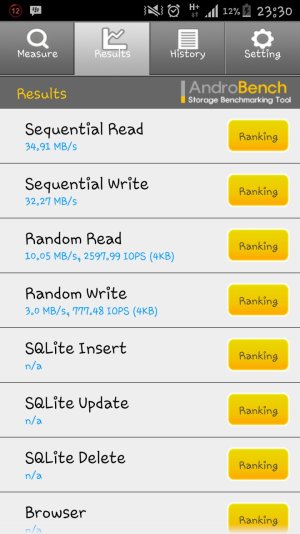I wanted to know this also as there is a big price difference in the Class 6 and Class 10 is about $50 locally.
So I called Samsung. It took them some time but they pulled up their specs.
They only support a Class 2-6. They will use any of them but can only write / read from Class 6 and down.
Hi,
I realize this post is a little old, but I thought this might help someone:
A user with a Galaxy S4 running CM11 tells me that recently, their external Micro SD sometimes shows no files whatsoever, and sometimes the sd disappearing completely. I verified that in TWRP (custom recovery), the card was not shown either (ie. nothing to mount or unmount). I found that sometimes if I power off the phone and let it sit about 5 minutes, the sd would return, but sometimes it wouldn't. Ditto if I removed the sd and re-inserted. I finally look at the card and it's a UHS-1. I just happen to have a regular Class 10 sd sitting on the shelf so . . .
I remove the UHS-1, insert it into a Win8.1 PC, but no imaging software I had would recognized the sd. Ditto with XP. Btw, Win XP will not see this sd correctly and tell you it is not formatted, so don't use XP for any of this. So . . . I simply copy everything to a folder in Win8. I.
I then use Diskpart upon the UHS-1 to get the disk ID and Windows Explorer to get the volume label. I then use Diskpart to apply the old ID to the new Class10, and Explorer to apply the old volume label to the new Class10. Don't know if this was all necessary, but I didn't want any complaints from the OS that the FAT32 disk had been physically changed.
The user now says the problem was solved: no more missing files or missing sd. So it would appear that a standard Class 10 works in the S4. Time will tell on that and I'll reply back if I find it's not stable.
It's interesting to note that that the UHS-1 was in place for almost two years before problems started surfacing. I just used FormatSD to apply quick format, and ran a destructive surface check on it with no errors. It may well be that the UHS-1 is just failing intermittently relatively early in it's life. I do know that there was a lot and frequent file copies and deletes (ie. music and pics) to that sd.
Regards . . .






